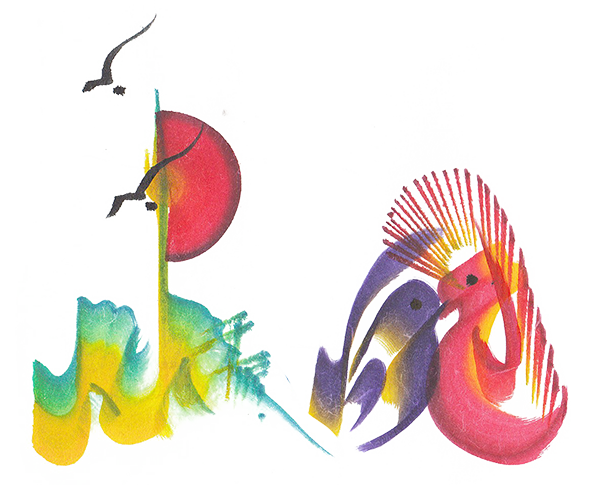SEE HERE : HEROES OF THE SMALL
‘To be a maker is challenging, so hopefully this installation also represents the heroics of making or the passing on of skills.’
A haphazard tower of crisp, white, slip-cast bowls teeters on the mezzanine of the York Art Gallery. It goes right up to the ceiling, and there is nothing holding the precarious stacks in place. Each one took one hour to make. There are 10,000 of them.
Together the bowls and their massive iron shelf are Clare Twomey’s Manifest: 10,000 Hours. It’s a gloriously literal work: here, she says, is what the physical manifestation of 10,000 hours of work looks like. Even when I stand close and start to count them, it doesn’t look like that many. Therein lies the simple genius - creating never looks like it takes that long from the outside.
If 10,000 hours sounds familiar to you it’s probably because the figure has been debated ad nauseum by Anders Ericsson et al and Malcolm Gladwell. The former authored the 1993 paper on musical practice in children that first mentioned the 10,000 hours thing, and the latter twisted it a bit because it made a good chapter title in Outliers. Twomey cites another source altogether - a saying in China that you need to work for 10,000 hours to become a master craftsman.
A key difference here is that it’s not just Clare’s time that’s on show, but also the time of the 150 people in York who attended workshops to learn how to make a bowl. Many were not artists, and I imagine that the process of learning to conjure something from nothing empowered them. This is the radiation of knowledge at work, how history and culture is supposed to work.
It’s not a time lapse but a time hold - time hangs around the installation like an aura. In reality it’s many more hours than 10,000: add in the time in the kiln, the time drying, the time listening and learning the slip process. The learning time is doubled there - it’s the time of the teacher and of the student. But also factor in the work of the artist - it’s Clare’s time - the time taken negotiating the install, the time brainstorming. The time of the construction workers in the below videos installing the work. The time of the curators. And my time when I look at it.
Suddenly, the stark simplicity of a pile of bowls explodes into a perfect understanding of what it is to make something. The bowl is a very domestic object, and primordial in the history of pottery - it is to ceramics what the line is to painting. Manifest was commission by the Centre of Ceramic Art to mark the newly opened gallery. The upright bowls echo the inverted scalloped ceiling. The lack of protection underscores the familiarity of the medium - they are stacked as they would be on a shelf in a cupboard. Except here they’re on show, displayed for consideration because they deserve it. Here the absence of a vitrine or a protective rope celebrates the quotidian humanity of pottery.
It works as a monolith but it continues to work when you look at the individual bowls. There are variations in the colours due to the different kilns, some glowing duck egg blue, others more yellow. They are like a little army, and, thinking about it now, with the added nuance of the domesticity of ceramics, it puts me in mind of the Women’s March. Many traditionally quiet voices singing loudly together. Even though I did not make a bowl, I feel empowered.
This is a towering testament to the labour intensity of the soft arts called crafts, the small arts that have always been dear to me. This is a blockbuster piece of work that unequivocally shouts about the amount of labour that goes into these kind of artworks, the artwork of every day. It is very, very important.
MAY 2017
SEE HERE is a monthly musing on a single artwork from anywhere, written by Amy Stewart: @A_L_STEWED // ASTEWARTWRITING.COM.

